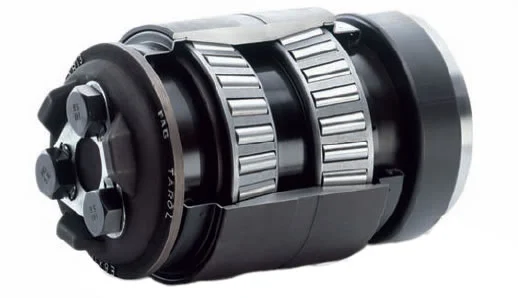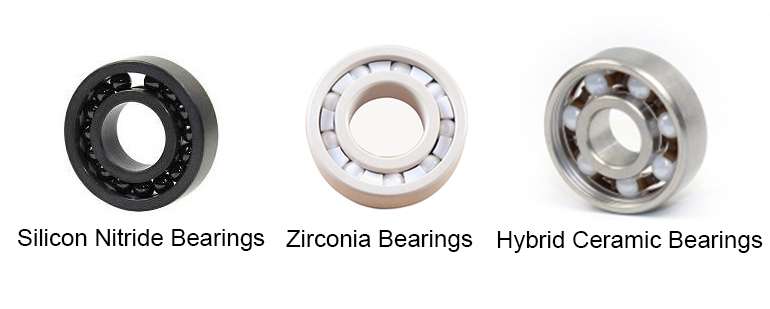Table of Contents
Categories
-
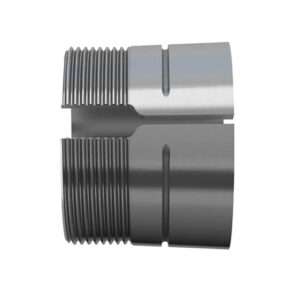
Adapter Sleeves (9)
-
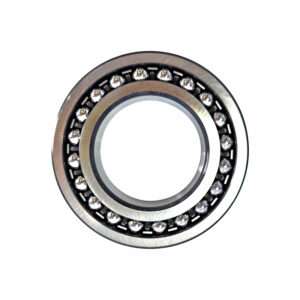
Ball Bearings (11)
-
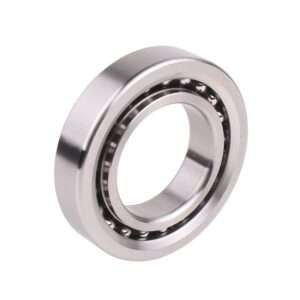
Ball Screw Bearings (2)
-
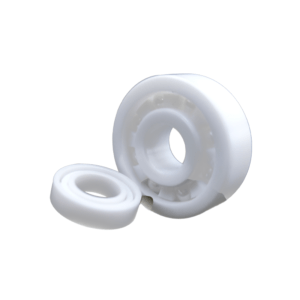
Ceramic Bearings (27)
-
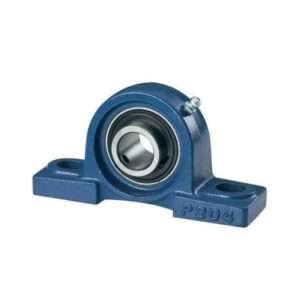
Pillow Block Bearings (4)
-
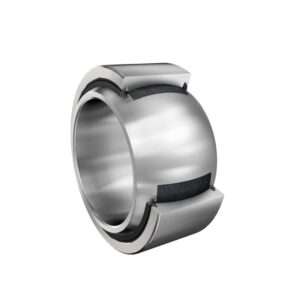
Plain Bearings (32)
-
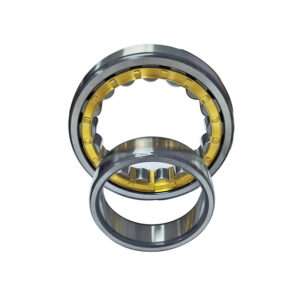
Roller Bearings (12)
-
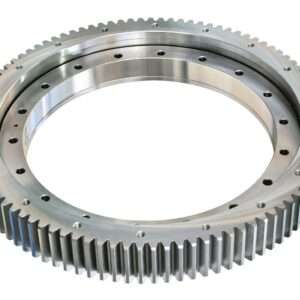
Slewing Bearings (43)
-
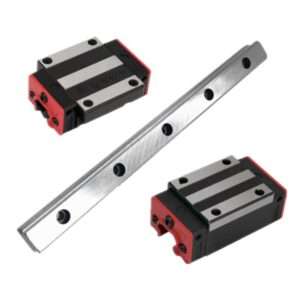
Sliding Block (3)
-
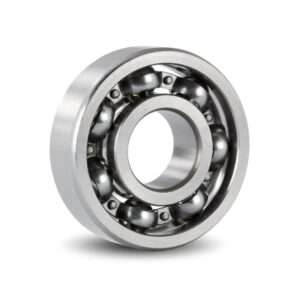
Stainless Steel Bearings (27)
-
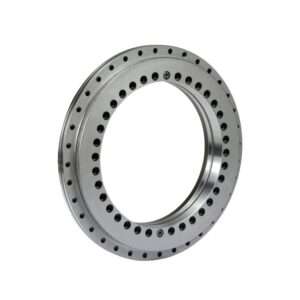
Super Precision Bearings (6)
-
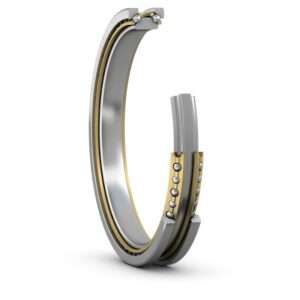
Thin Section Bearings (9)
-
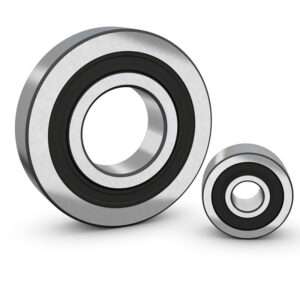
Track Rollers (4)
-
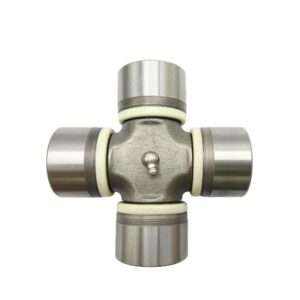
Universal Joints (1)
Why Are Ceramic Bearings Better?
Introduction
Ceramic bearings typically include key components such as an inner ring, an outer ring, rolling elements (such as ceramic balls or rollers) and a cage. The inner and outer rings carry the load of the shaft and housing, while the rolling elements roll between them to minimize friction and transfer the load. The role of the cage is to ensure that the rolling element remains in place and allows it to roll freely. These components are often made of ceramic materials such as alumina, silicon nitride or silicon carbide to provide excellent resistance to high temperatures, corrosion and wear, allowing ceramic bearings to perform well at high speeds, high temperatures or in chemically corrosive environments.
Material Of Ceramic Bearings
Ceramic bearings have become increasingly popular in the world of cycling and other high-performance industries due to their many advantages over traditional steel bearings.
The material analysis of ceramic bearings involves examining the composition, structure, and properties of the ceramic material used in the bearings.
- Composition: Ceramic bearings are typically made from silicon nitride (Si3N4) or zirconia (ZrO2). These materials offer high strength, hardness, and corrosion resistance, making them ideal for bearing applications.
- Structure: The ceramic material used in bearings is often sintered to create a dense and uniform structure with fine grains. This results in improved mechanical properties, such as high hardness and wear resistance.
- Properties: Ceramic bearings offer several advantages over steel bearings, including:
- High hardness: Ceramic materials are much harder than steel, resulting in reduced wear and longer bearing life.
- Low density: Ceramic bearings are lighter than steel bearings, reducing friction and improving efficiency.
- Corrosion resistance: Ceramic materials are inert and do not rust or corrode, making them suitable for harsh environments.
- High temperature resistance: Ceramic bearings can operate at higher temperatures than steel bearings without losing their mechanical properties.
Advantages Of Ceramic Bearings Compared To Steel Bearings
One of the main reasons ceramic bearings are superior to steel bearings is their durability. Ceramic bearings are made from a material called silicon nitride, which is much harder and more resistant to wear than steel. This means that ceramic bearings can last up to 10 times longer than steel bearings, making them a more cost-effective option in the long run.
In addition to their durability, ceramic bearings are also lighter and have lower friction than steel bearings. This results in less energy loss and smoother operation, allowing for faster speeds and improved performance. The reduced friction also means that ceramic bearings require less maintenance and are less likely to seize up or fail under heavy loads.
Another benefit of ceramic bearings is their resistance to corrosion and rust. Steel bearings are prone to rust and deterioration when exposed to moisture or harsh conditions, while ceramic bearings are much more resilient and can withstand a wider range of environmental factors. This makes ceramic bearings ideal for outdoor use or in wet conditions.
Ceramic bearings also have the ability to operate at higher temperatures than steel bearings, making them suitable for high-speed applications where heat buildup is a concern. The thermal properties of ceramic bearings allow them to dissipate heat more efficiently, reducing the risk of overheating and prolonging the life of the bearing.
How Heat Affects Ceramic Ball Operation
thermal expansion
Heat causes the ceramic ball material to thermally expand, causing the size of the ball to change with temperature. Although ceramic materials generally have a lower coefficient of thermal expansion than metals, a certain degree of expansion may still occur under extreme temperature conditions, affecting the accuracy and stability of the bearing.
Thermal Stress
Due to the poor thermal conductivity of ceramic materials, thermal stress may occur when the ceramic ball is subjected to localized heat concentration. This thermal stress can cause cracks or damage to the ceramic ball surface, reducing the bearing’s durability and reliability.
Lubricant performance
Heat will affect the performance of the lubricant, causing the viscosity of the lubricant to decrease and the lubrication effect to weaken under high temperature conditions. If ceramic ball bearings rely on lubricants to reduce friction and wear, high temperature conditions may cause premature failure of the lubricant, thereby affecting bearing performance.
Material stability
Some ceramic materials may undergo phase transformation or chemical changes under high temperature conditions, thus affecting their mechanical properties and stability. Such changes may result in changes in the hardness, strength or other mechanical properties of the bearing material, affecting the reliability and life of the bearing.
Conclusion
In summary, ceramic bearings offer many advantages over traditional steel bearings in many industrial applications, making them the obvious choice for a variety of applications. From increased durability and reduced friction to improved speed, acceleration and corrosion resistance, ceramic bearings provide superior performance and reliability in demanding operating environments. By investing in ceramic bearings, companies can optimize the efficiency, longevity and cost-effectiveness of their machinery and equipment, thereby gaining a competitive advantage in their respective markets
References
- 1.more information about” ceramic bearings” from PIBSALES ;
- 2.About choosing ”ceramic bearings “ ;
Related Posts
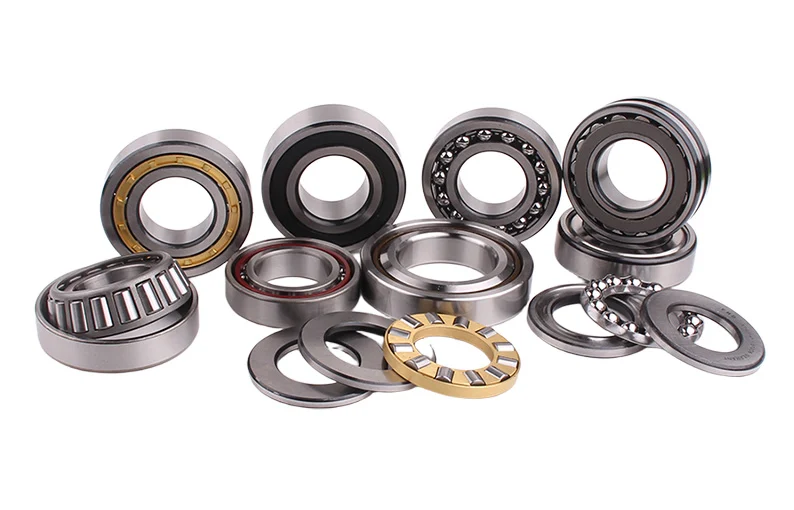
Bearing Code
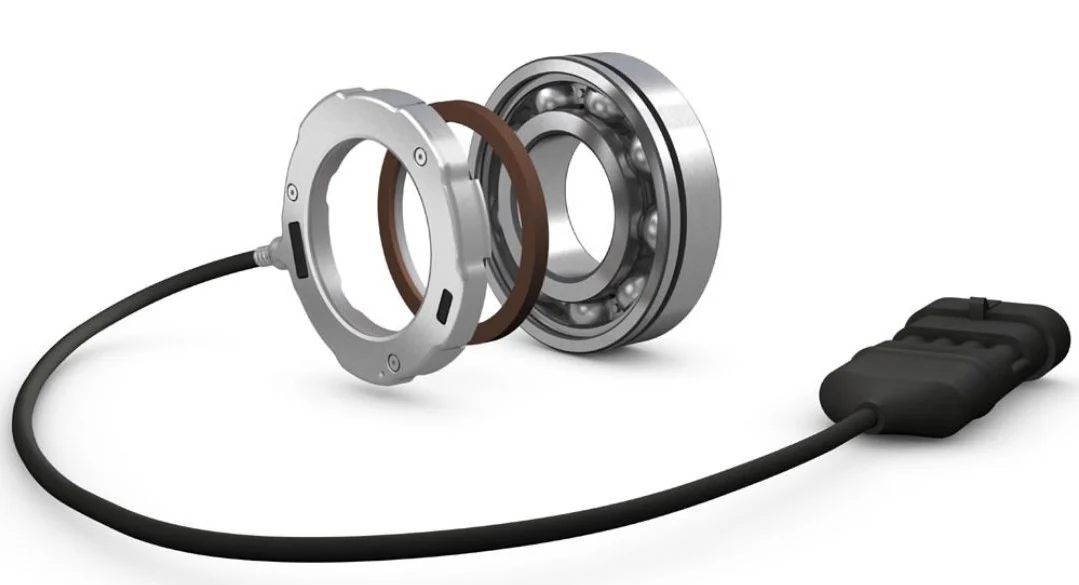
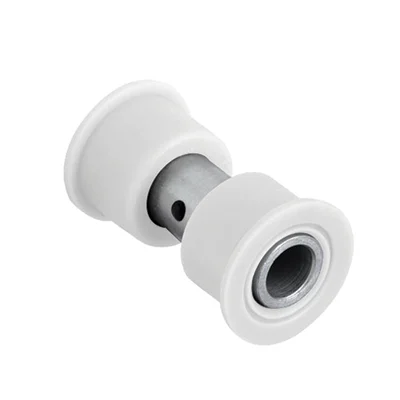
Delrin Bearings: Lubrication-Free Long Life
